Related article
This handy printable guide summarizes the recommended cooking methods for various cuts of pork.
Good Meat BreakdownBulk BuyingChoosing and Cooking Cuts
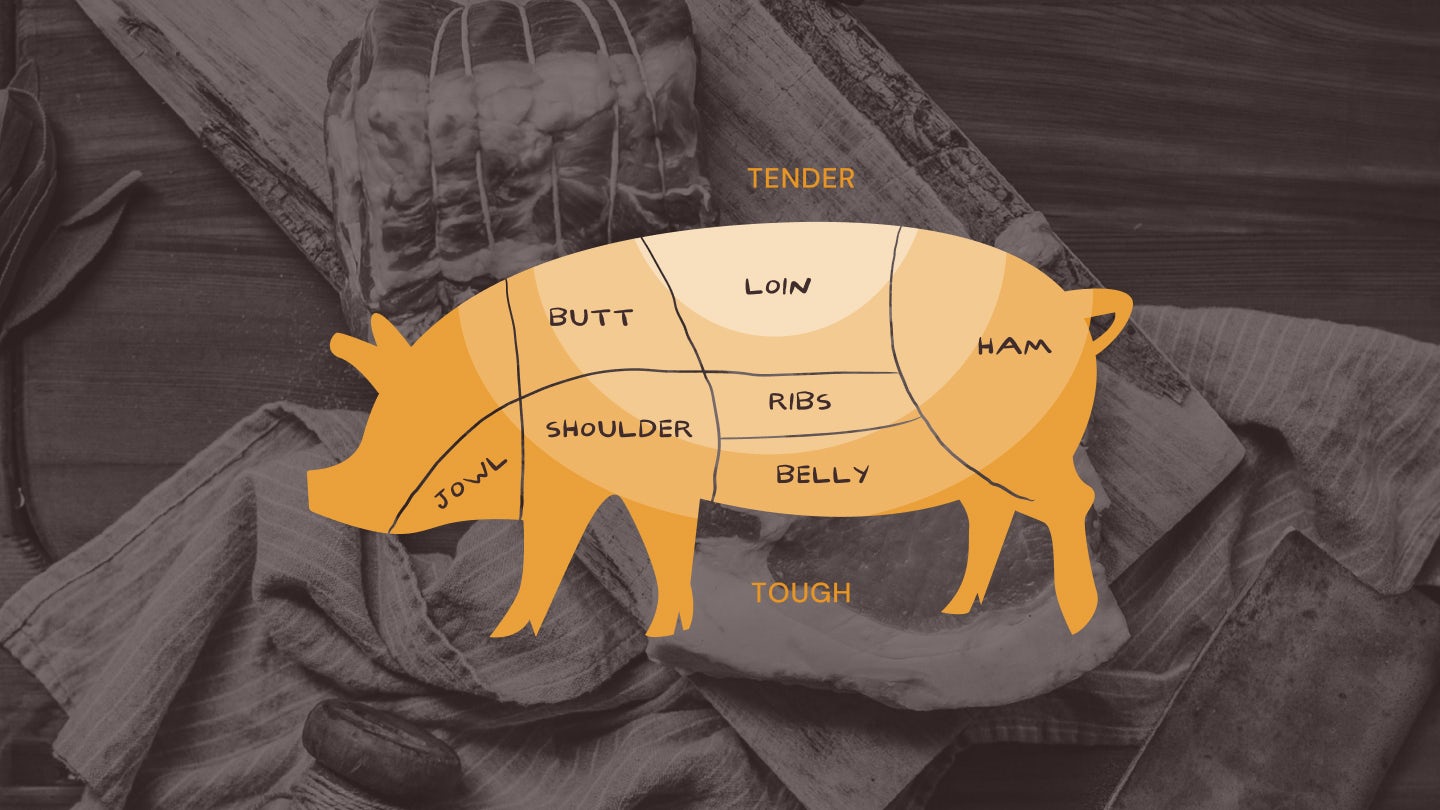
Pork from local farms is commonly sold whole, as a half (or side), or in a predetermined box share. The first two options will give you control over what cuts and formats you’ll receive, while the pork share box will be selected for you. Pork shares offer the most value-added options, as pork is so often transformed into bacon, deli meat, and sausage formats.
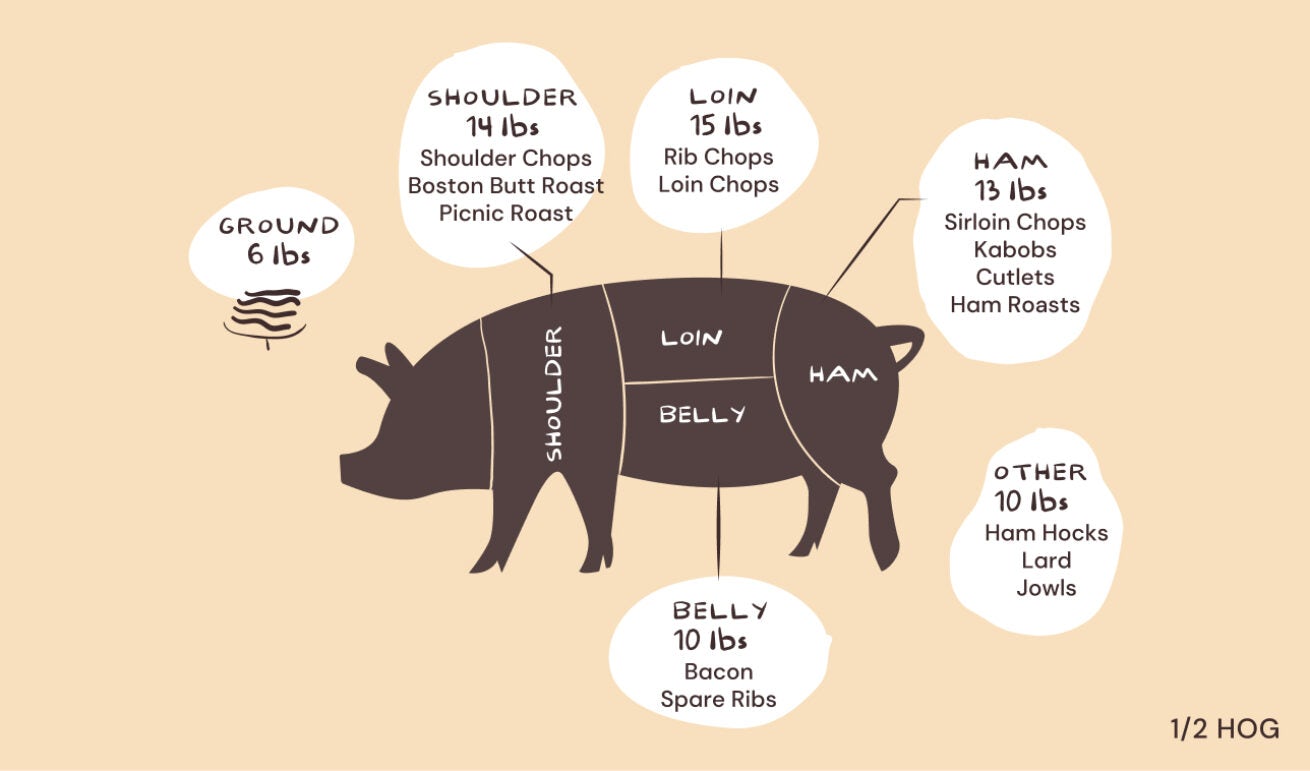
A whole hog is literally the entire animal. This means that you’ll get all the cuts and formats to choose from, as well as the skin and bones (and maybe even the head). Since you’re getting two sides of pork, you may choose to receive different cuts from each side to create more variety in your freezer. Typical whole-hog carcass weights will be 125 to 195 pounds.
A half-hog is one side of the carcass split down the middle of the spine. You will still have all the options of cuts and formats that you get with a whole hog, just half the volume. Typical half-hog carcass weights will be 62 to 98 pounds.
In a predetermined boxed pork share expect to get some chops, ground pork, and maybe some bacon, sausage, or roasts.
The terminology for pork cuts spans the three main categories of chops, roasts, and ground.
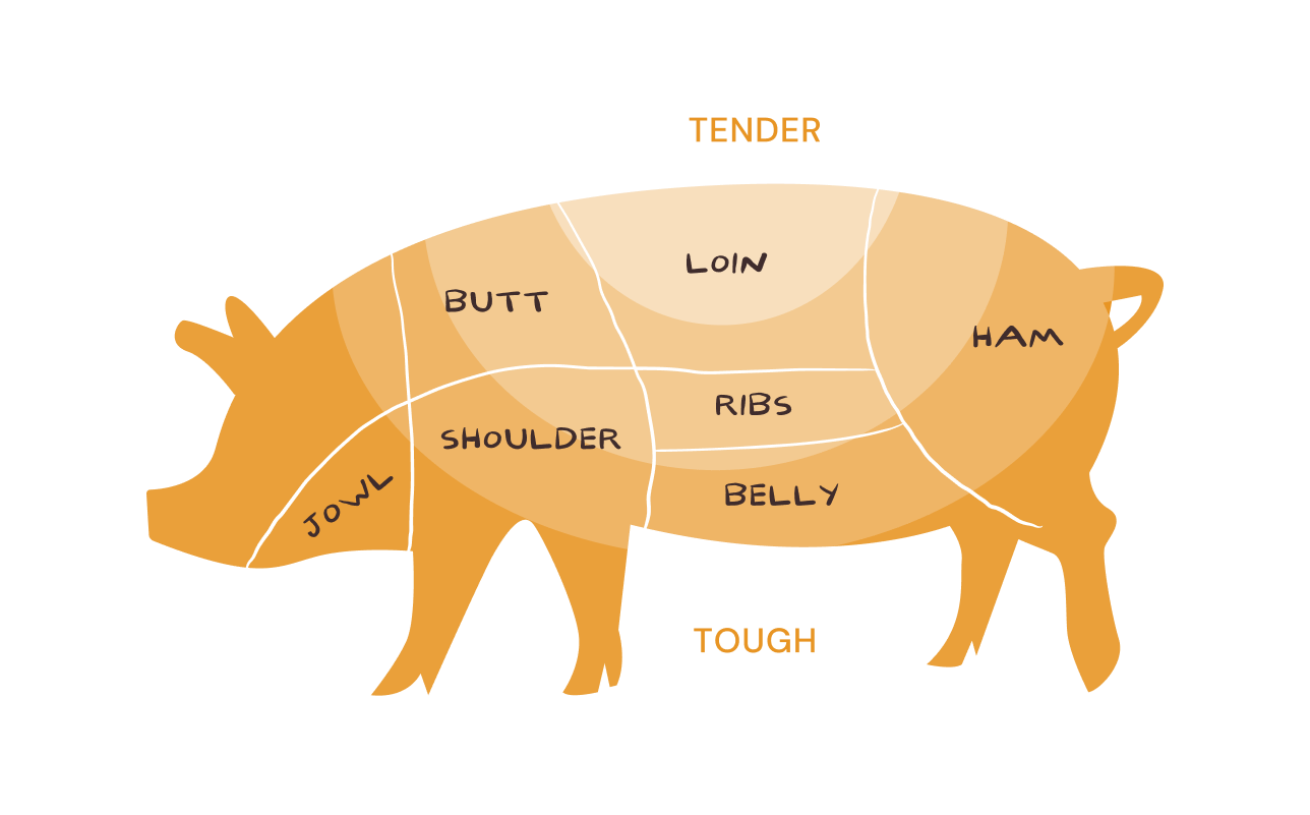
Pork chops will be in the thick-cut format and include center-cut rib chops, loin chops, and sirloin chops. Each of these should be cut to 1- to 1¼-inch thickness and can be cut bone-in or boneless. Shoulder and rib chops will have the most diversity of flavors, while loin and sirloin chops will be leaner and quicker cooking.
Pork roasts are generally going to be either ham roasts (from the back leg), loin roast (from the spine), or shoulder roasts (from the front end). Ham roasts tend to be leaner, more delicately flavored roasts ideal for slicing while shoulder roasts are well-suited for barbecue, moist cooking, and shred easily for pulled pork. Loin roasts are best bone-in and serve as great centerpieces for large group gatherings. Consider keeping some roasts skin-on for the option of crispy, delicious exteriors after lengthier cooking times.
The transformation of pork into value-added products is often its allure. Each butcher has their own selection of items they craft, with unique recipes for each. Most will offer some combination of sausages, bacon, and smoked hams. In addition, some may be equipped to make smoked ham hocks or various snack sticks. Sausage usually comes linked in casings, but it’s good to have some loose sausage for sauces and stir-fry. And, don’t overlook the versatility of getting some plain ground pork in loose packages.
PRO TIP: If you want pork tenderloins, this may impact what other cuts you can get. The traditional loin chop of pork will include a portion of the tenderloin and a portion of the boneless loin chop joined together by a bone. If you want pork tenderloins you will also get boneless loin chops; if you want bone-in loin chops, you won’t have the option of tenderloins.
RECOMMENDED ASK: In the category of chops, there is one cut that is above and beyond the most delicious: the shoulder chop. It is cut from the rear-end of the shoulder and includes the most diversity of muscles in any chop, increasing the interesting flavors and textures you will get.
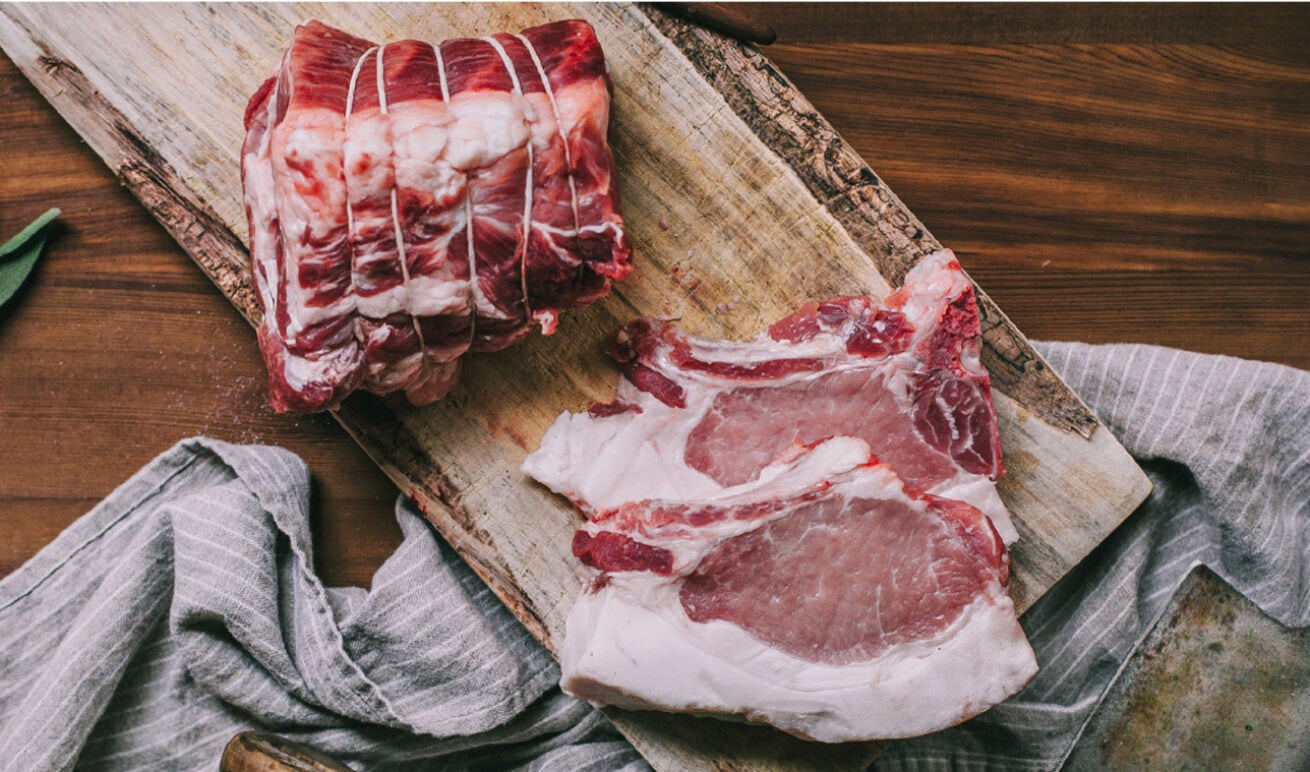
We said this before, but we’ll say it again, just about all meat tastes delicious if you cook it right. And you’ll be able to cook it right if you have a basic understanding of how an animal moved during its lifetime and how an animal’s individual muscles typically move and for what reason. But we know that it’s impossible to acquire that kind of knowledge and intuition overnight. For that reason, we’ve created an easy-to-navigate preparation chart to help guide you. We also recommend heading over to our Resources section where you’ll find more recommendations for cookbooks, websites, and more to guide you in the kitchen.
Note that we have not included the methods of sous vide or pressure cooking in this chart, because these are methods that can be applied to nearly every cut. We encourage you to try these methods, if you have the equipment to do so.
Related article
This handy printable guide summarizes the recommended cooking methods for various cuts of pork.
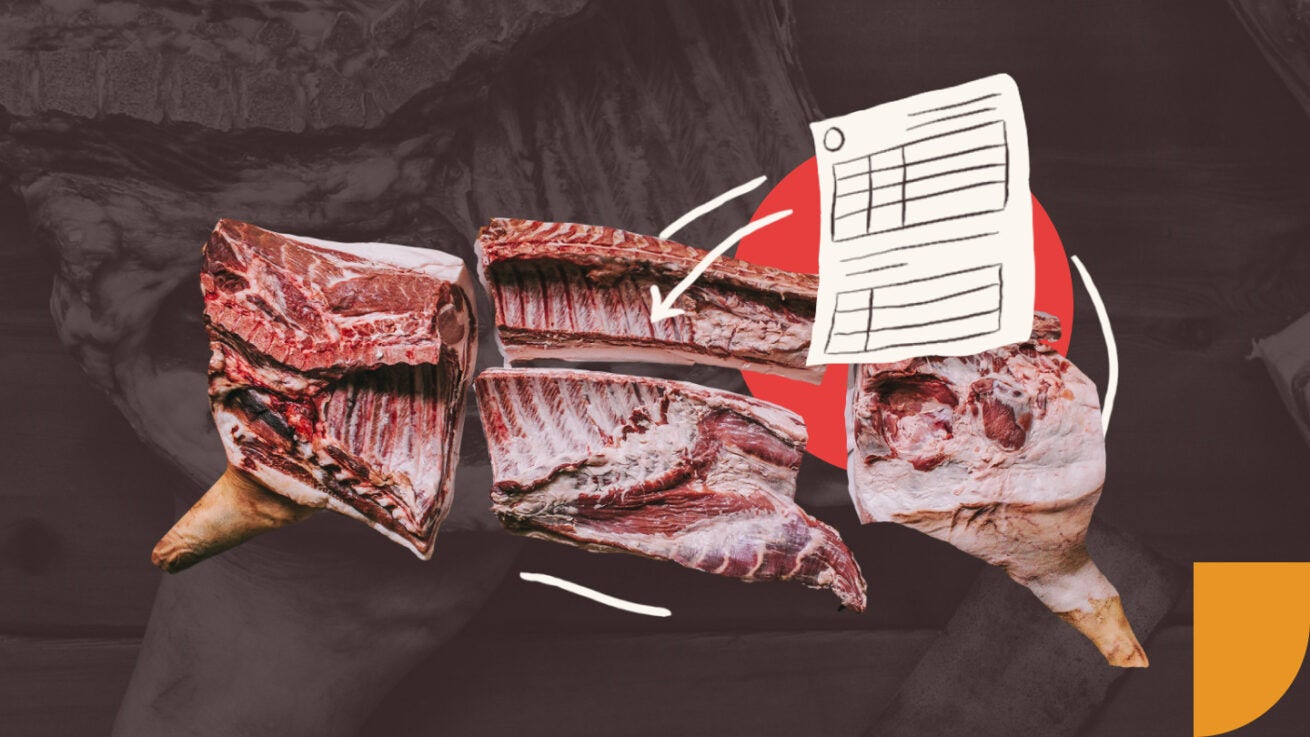
Related article
What is a “cut sheet,” is a top round really round, and what really is offal anyway?
Curious about approximately how many pounds of chuck steaks, rib-eye steaks, and ground meat you get from 1/4 beef? And how to cook all that meat?
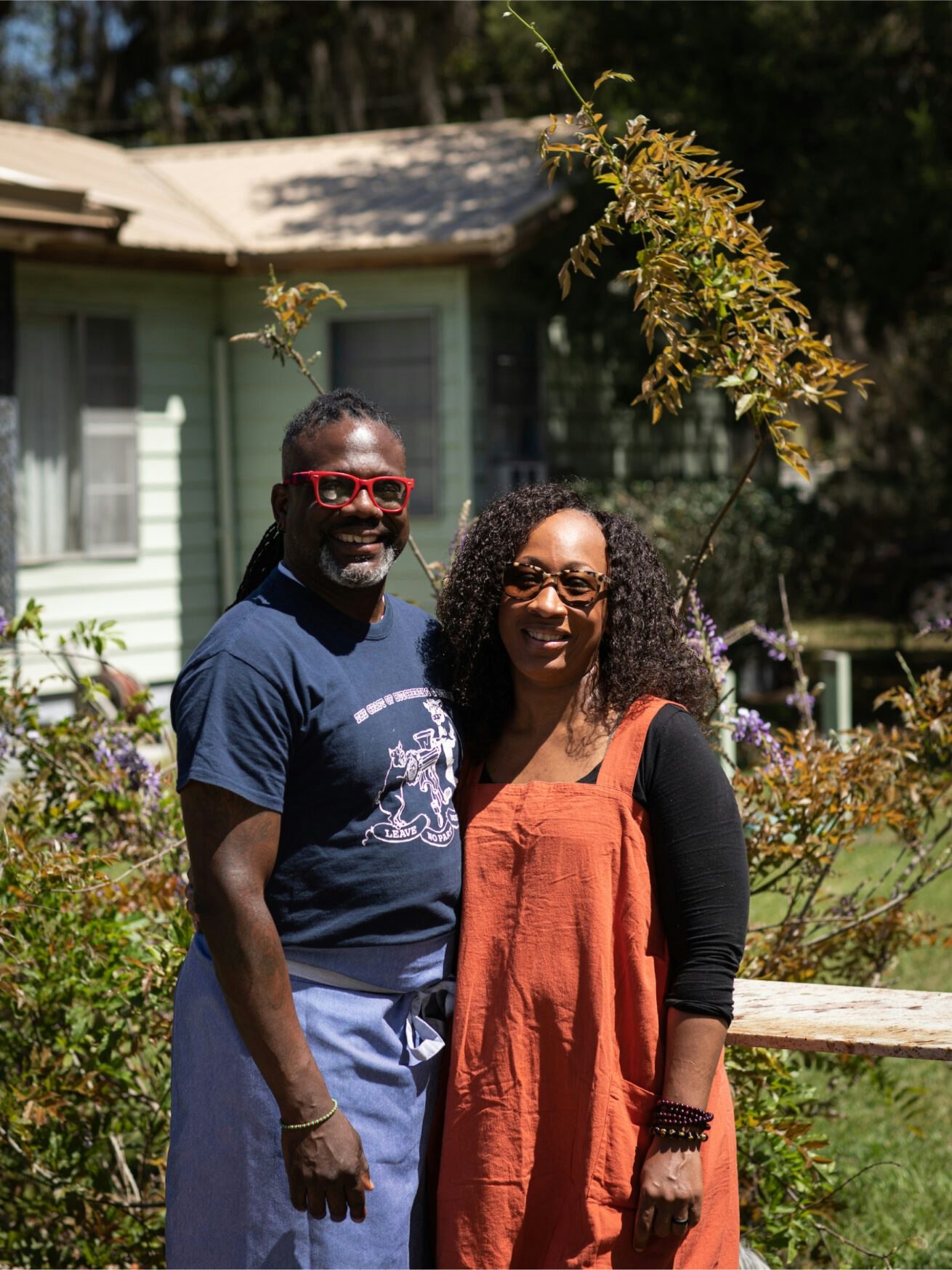
Now that you’ve stocked up on local meat and local flavor by buying in bulk from your local Good Meat producer, it’s time to cook every cut with confidence. We teamed up with our friends Tia and Matthew Raiford from Strong Roots 9 and Gilliard Farms to create this series of cooking videos.
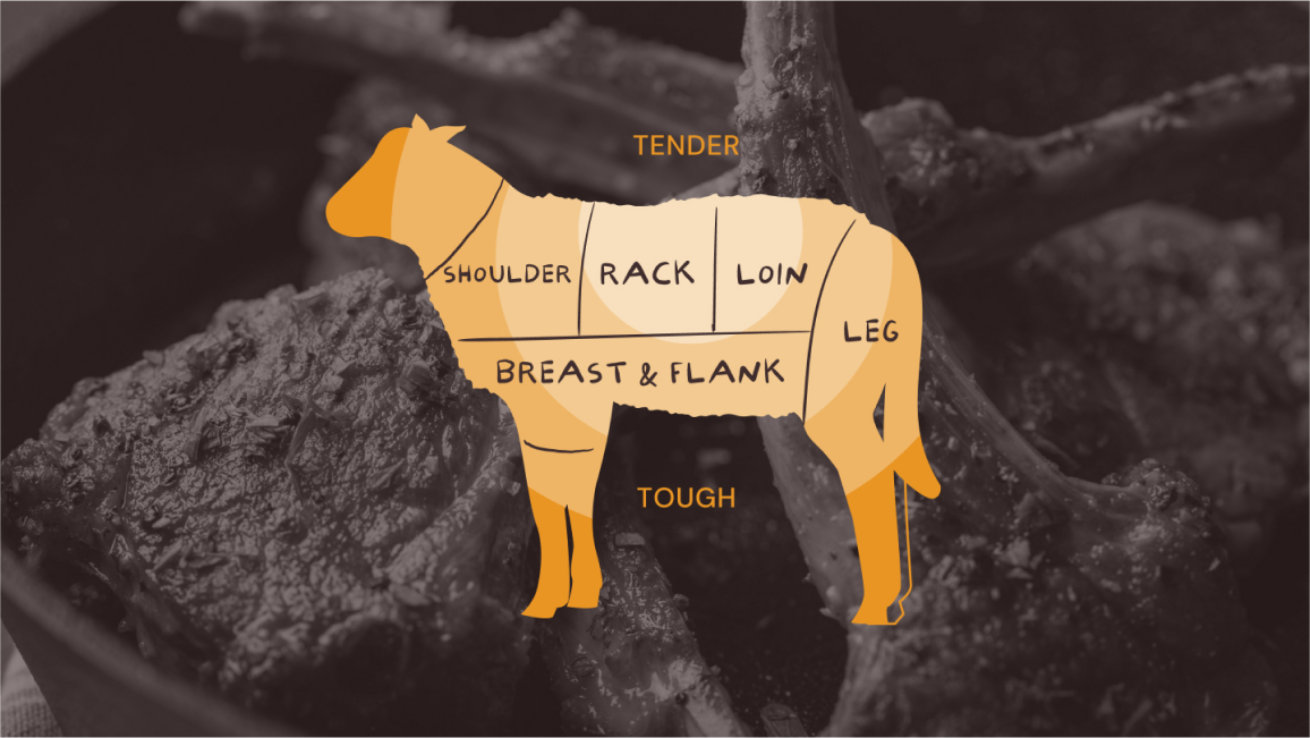
Curious about approximately how many pounds of rack, leg, and shoulder meat you get from a whole lamb or goat? And how to cook all that meat?

Sign up for our newsletter. We’ll keep you informed and inspired with monthly updates.